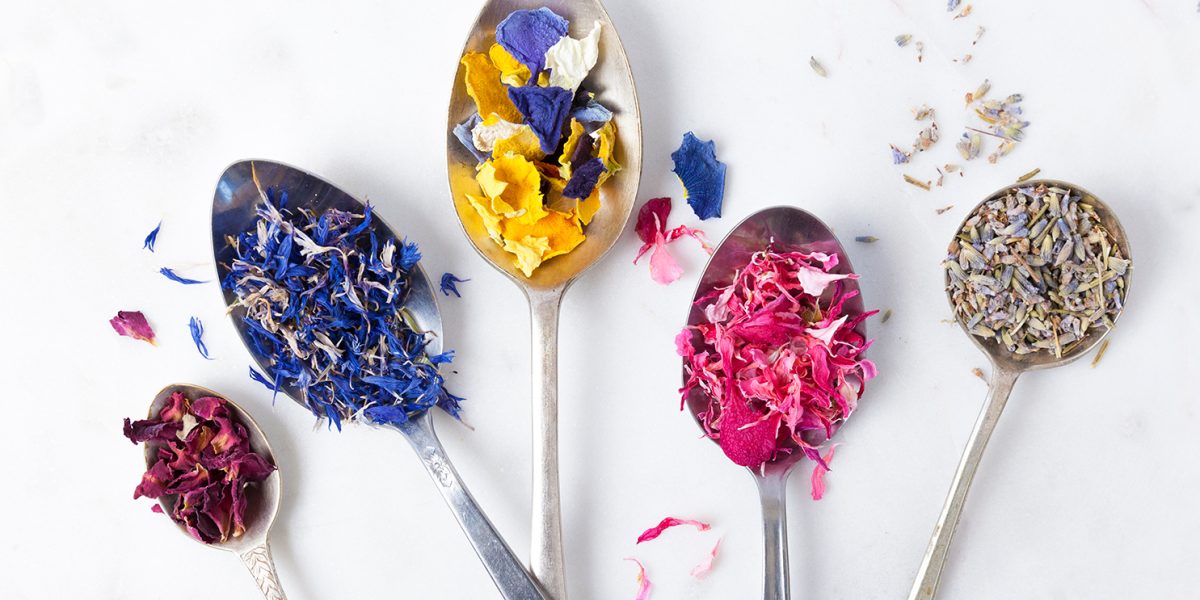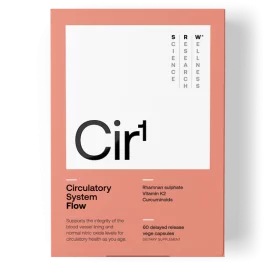The Busy Person’s Guide To Preserving
In the farmhouse where I grew up, my mother had a pantry filled with a jumble of odd jars she’d collect for bottling our fruit. In summer, she would send my brother and I out to the abundant blackberry bushes that ravaged the paddocks, with a bucket each to harvest for blackberry jam. She was making good of this noxious plant and making food for her young family. Today in that same kitchen, my mother still has a cupboard dedicated to her homemade jams, marmalade and mint jelly, often traded with local friends for bottled fruit and veg made from their homegrown bounty.
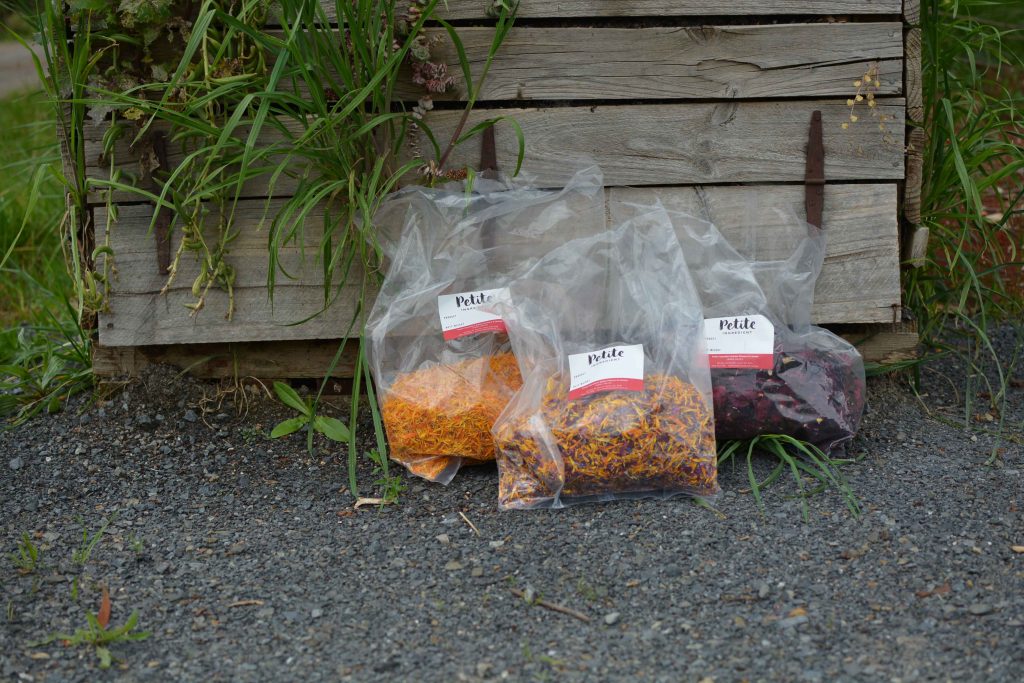
Before the days of refrigeration, we would preserve our food for survival through the colder months when food was scarce, bottling up plants’ nutrients and preserving the taste of summer for the long winter ahead. Autumn is peak preserving season – there is always a glut of something on hand at this time of year. Whether it’s your tomato and cucumber bushes all-at-once weighed down with ripe fruit, or an ancient and enormous fig tree; branches laden with sweet-smelling figs, hanging over a neighbour’s back fence, now is the time to get picking and sharing our food and locking in its goodness. My busy life running a business and bringing up my son leaves little time for jam-making, but I do love to make the most of the food that the seasons bring, so here are a few of my favourite autumn preserving hacks that are fast and fun.
LEMONS
My inner-city terrace house hasn’t the space for such a stockpile of empty vessels like my mother’s, nor is there room for making jams and chutney in my tiny kitchen. But I’ve found a way to do “preserving lite” with the space I have. During lemon season, I bring home bags of juicy Meyer lemons from my mother’s tree to freeze and preserve. I squeeze kilos of them into ice trays then transfer the frozen parcels of juice into snap lock bags to enjoy as a tisane with boiling water or defrosted for the cocktail shaker. Homemade preserved lemons are something I always have on hand in the fridge to smear over roast chicken or add to Moroccan dishes. I use Stephanie Alexander’s Preserved Lemon recipe from her bible The Cook’s Companion. From a kilo of lemons, you’ll make about half a dozen small jars that will last six months when refrigerated once opened. Meyer lemons aren’t grown commercially, but if you are lucky enough to get your hands on some, or to have a tree in your garden, they are the sweetest and juiciest of all the lemons and their soft skin is low on pesky pith.
Stephanie Alexander’s Preserved Lemons
250g coarse kitchen salt
10 lemons, scrubbed and quartered
1 bay leaf
2-3 cloves
1 stick cinnamon
Extra lemon juice
Scatter a spoonful of salt into a one-litre sterilised jar. Tip lemons into a wide plastic tub with remaining salt and mix well. Massage fruit vigorously and pack into jar, curved-side out, inserting pieces of bay leaf, cloves and splinters of cinnamon stick at intervals. Press down hard on fruit to release as much juice as possible. Spoon salt mixture left in tub over fruit.
Cover with extra lemon juice, if required. (If a wedge of lemon is not covered with lemon juice, it sometimes develops white mould. It doesn’t look great, but it is harmless.) With a clean cloth dipped in boiling water, wipe neck of jar free of salt and cap tightly. Let the lemons mature for at least one month in a cool spot (not the refrigerator) before using.
This recipe is an excerpt from The Cook’s Companion by Stephanie Alexander. Published by Penguin Books Australia Ltd, 1996.
Dehydrated citrus has skyrocketed in popularity over recent years, used for anything from cocktail garnishes to cake decorating. All the citrus can be easily dehydrated, but my favourite would have to be blood orange; its crimson flesh set against the orange peel looks truly spectacular when dried. You can use your oven to dehydrate citrus; simply cut citrus as thinly as possible and place slices on a baking tray lined with baking paper, dry in the oven on its coolest setting with the door slightly ajar to allow moisture to escape. Flip slices after a couple of hours and once all moisture has sweated out of the citrus, leave to cool in the oven. Store in a sealed, sterilised jar.
TOMATOES
Tomatoes in late summer to early autumn are a completely different fruit to the greenhouse tomatoes at other times of the year. I just love their flavour-full sweetness at this time of year – they are a stand-alone hero ingredient that need very little embellishment. I will often add a handful of heirloom tomatoes to some torn mozzarella and basil from the garden with a glug of balsamic vinegar as a quick snack. One of my team members brought a huge basket of home-grown tomatoes into the office to share with us all just the other day. They were the most wonderful mix of different sizes and varieties. To preserve them, I love making Tomato Confit. Cut the large tomatoes in half and place them skin side up on a baking tray with a mix of cherry tomatoes too, add a generous amount of olive oil with some sea salt and brown sugar, and toss in some peeled cloves of garlic. After 1.5 to 2 hours at 160 degrees Celsius, they will be rich and caramelised, and ready to be tossed through a simple pasta with Persian feta and fresh oregano. In a sterilised jar, they will keep refrigerated for a few months or I also like to freeze them.
EDIBLE FLOWERS
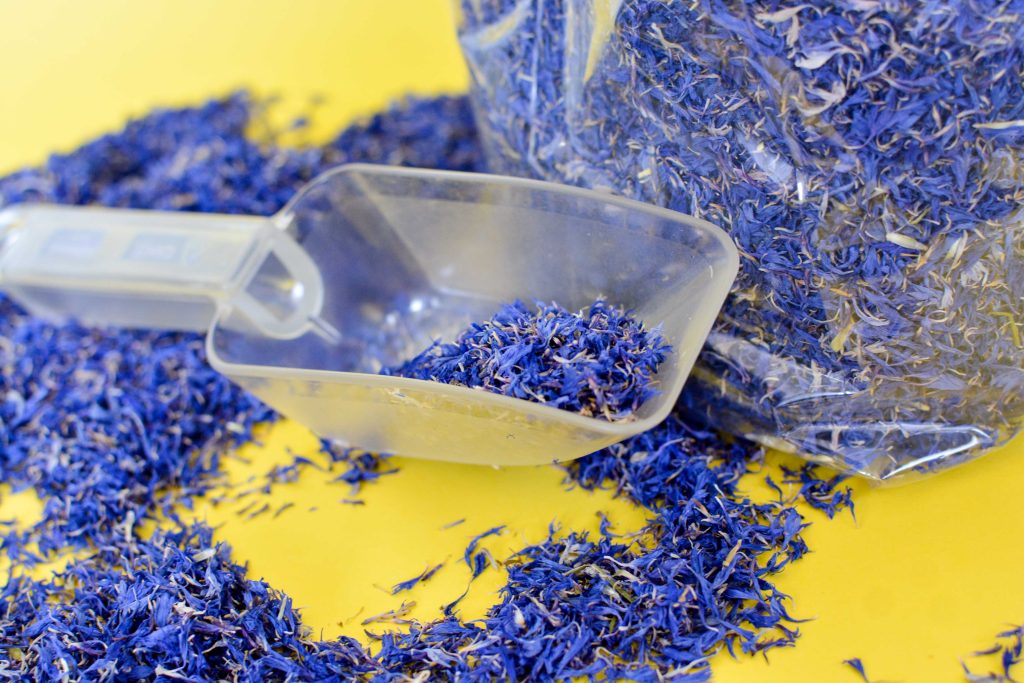
When we think about how closely aligned our sense of taste is to our sense of smell and sight, the rising popularity of edible flowers comes as no surprise. On my edible flower farm, Petite Ingredient, in the Yarra Valley, we grow over 100 different varieties of edible flowers that are available throughout the year. There are so many ways to preserve edible flowers; from pulsing petals in caster sugar, to crystallising flowers in egg white and sugar dust. You can preserve flowers in jam or vodka and my absolute favourite – dried edible flowers – are the ultimate way to store the beauty and colour of summer for year-round culinary joy! Follow the simple steps for dehydrating citrus to dry and preserve the very essence of summer – edible flowers from your garden.
Crystallised Flowers
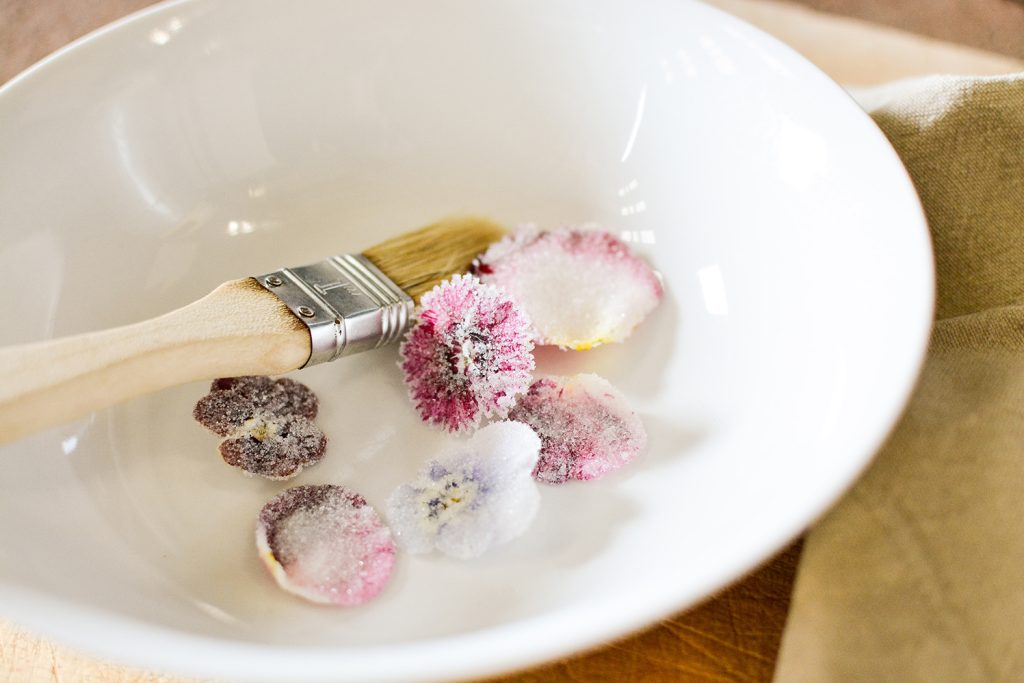
Crystallised flowers really do require time and patience but these candied little gems are worth the effort! Not only does the sugar preserve the petals for up to a year but the sugary crunch of their outer crust adds a whole new and intense flavour dimension to your flowers. The fragrance of rose petals, viola or violets will bring new life to desserts and baked treats.
1 egg white
2 cups caster sugar
Edible flowers; rose petals, viola, pansy
Whisk the egg white to a light foam. Pulse the caster sugar in a food processor to a powder. Use a fine brush to paint the egg white onto the front and back of the flowers. Ensure every surface is lightly-coated, including the area between petals.
Sprinkle sugar evenly over the wet petals and place flowers face down on greaseproof paper. Leave flowers to dry for about 24 hours. The petals harden as the egg white and sugar dry.
Storage; Store your crystallised flowers in a sealed container on greaseproof paper or tissue paper (does not have to be airtight). Store at room temperature.
Other flowers you can try: Dianthus, cornflowers, lavender, pansies, pelargonium, primrose, violets.
This recipe is an excerpt from Root To Bloom. A Modern Guide to Whole Plant Use by Mat Pember and Jocelyn Cross. Published by Hardie Grant Books, 2018.
